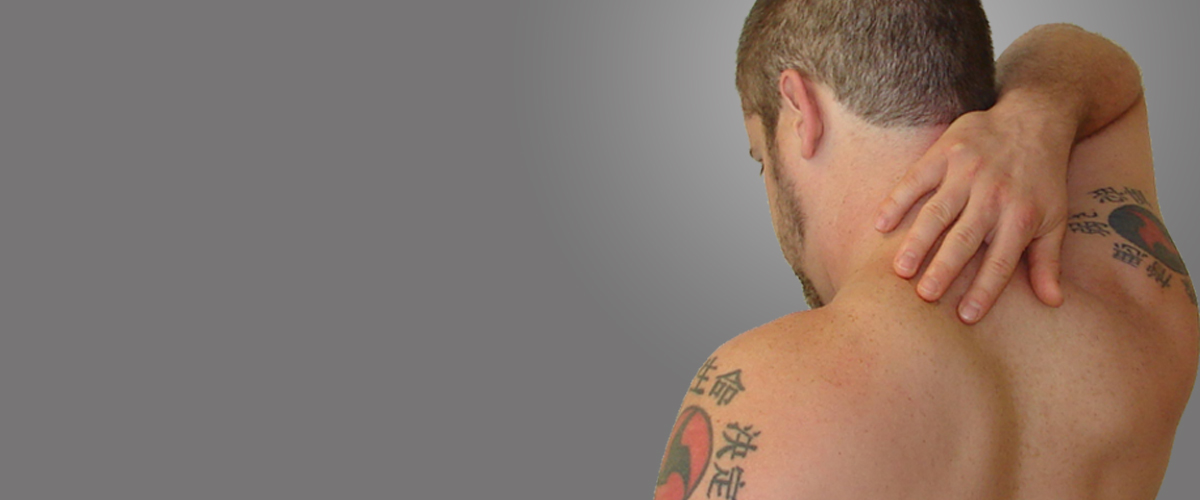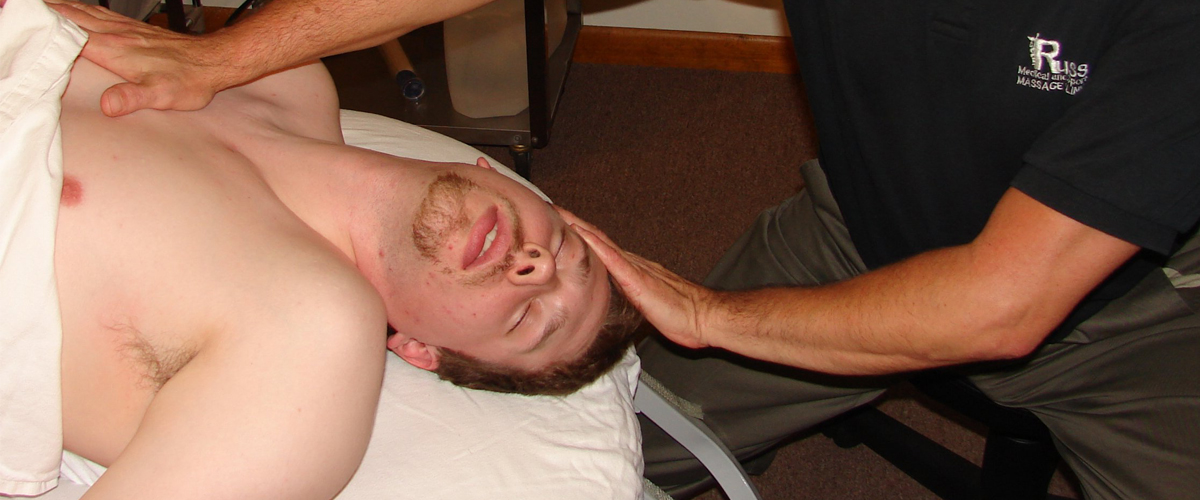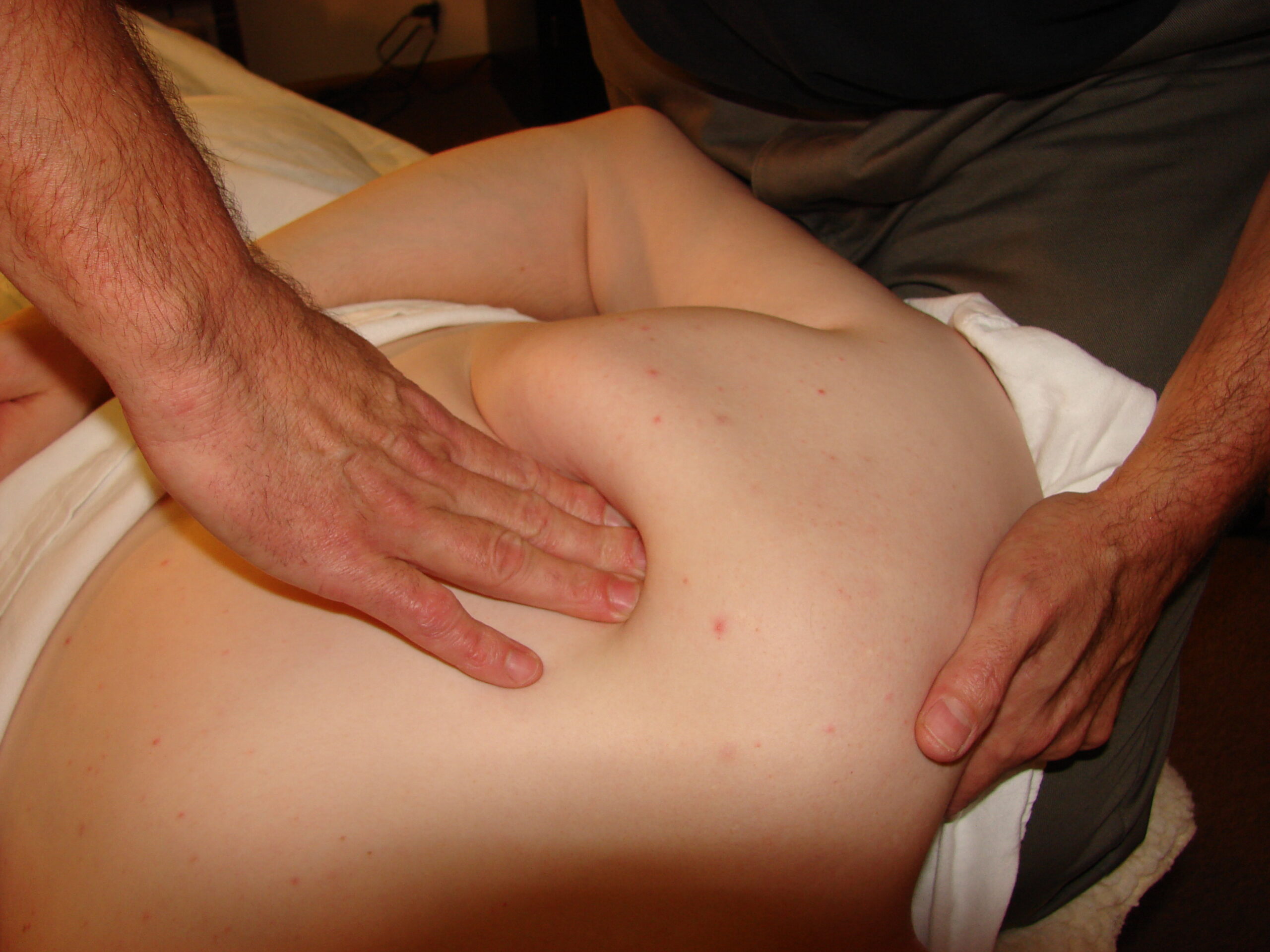Service provided by:
Melanie Walter, LMT (PA), ABMP
Andrea Joy, LMT (PA), ABMP
Lily Fineman, LMT (PA), ABMP
Barbara Adams, LMT (PA), AMTA
What is a Swedish Massage?
The term “Swedish Massage” refers to a variety of techniques specifically designed to relax muscles by applying pressure to them against deeper muscles and bones, and rubbing in the same direction as the flow of blood returning to the heart.
Swedish massage was developed in the 1700’s by a Swedish doctor named Per Henrik Ling.
Purpose of Swedish Massage?
The main purpose of Swedish massage is to increase the oxygen flow in the blood and release toxins from the muscles.
Swedish massage shortens recovery time from muscular strain by flushing the tissues of lactic acid, uric acid, and other metabolic wastes. It increases circulation without increasing heart load. It stretches the ligaments and tendons keeping them supple and pliable. Swedish Massage also stimulates the skin and nervous system and soothes the nerves themselves at the same time. It reduces stress, both emotional and physical, and is suggested in a regular program for stress management. It also has many specific medical uses.
Swedish Massage Techniques?
Swedish massage techniques include: long strokes, kneading, friction, tapping, percussion, vibration, effleurage, and shaking motions. The usually sequence of techniques are:
- Effleurage: Gliding strokes with the palms, thumbs and/or fingertips
- Petrissage: Kneading movements with the hands, thumbs and/or fingers
- Friction: Circular pressures with the palms of hands, thumbs and/or fingers
- Vibration: Oscillatory movements that shake or vibrate the body
- Percussion: Brisk hacking or tapping
- Passive and active movements: Bending and stretching
Benefits of Swedish Massage?
Swedish massage feels good, is relaxing and invigorating. It affects the nerves, muscles, glands, and circulation, while promoting health and well being.
Modern studies have shown that massage can be used to successfully treat a variety of disorders, including:
- Anxiety
- Arthritis
- Back pain
- Chronic pain
- Constipation
- Depression Headache
- High blood pressure
- Insomnia
- Pain and stiffness
- Poor circulation
One of the immediate benefits of massage is a feeling of deep relaxation and calm. This occurs because massage prompts the release of endorphins, the brain chemicals (neurotransmitters) that produce feelings of wellbeing. Levels of stress hormones – such as adrenalin, cortisol and norepinephrine – are also reduced. Studies indicate that high levels of stress hormones impair the immune system.
Some of the physical benefits of massage include:
- Reduced muscle tension
- Improved circulation
- Stimulation of the lymphatic system
- Reduction of stress hormones
- Increased joint mobility and flexibility
- Improved skin tone
- Speedier healing of soft tissue injuries
- Heightened mental alertness
- Reduced anxiety and depression


